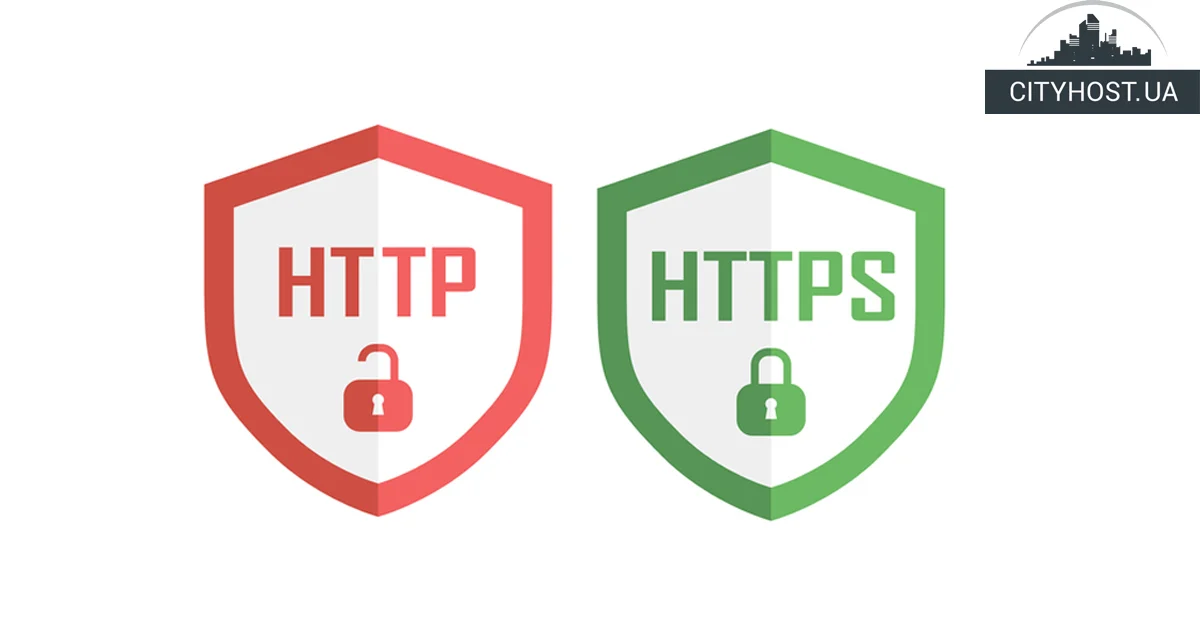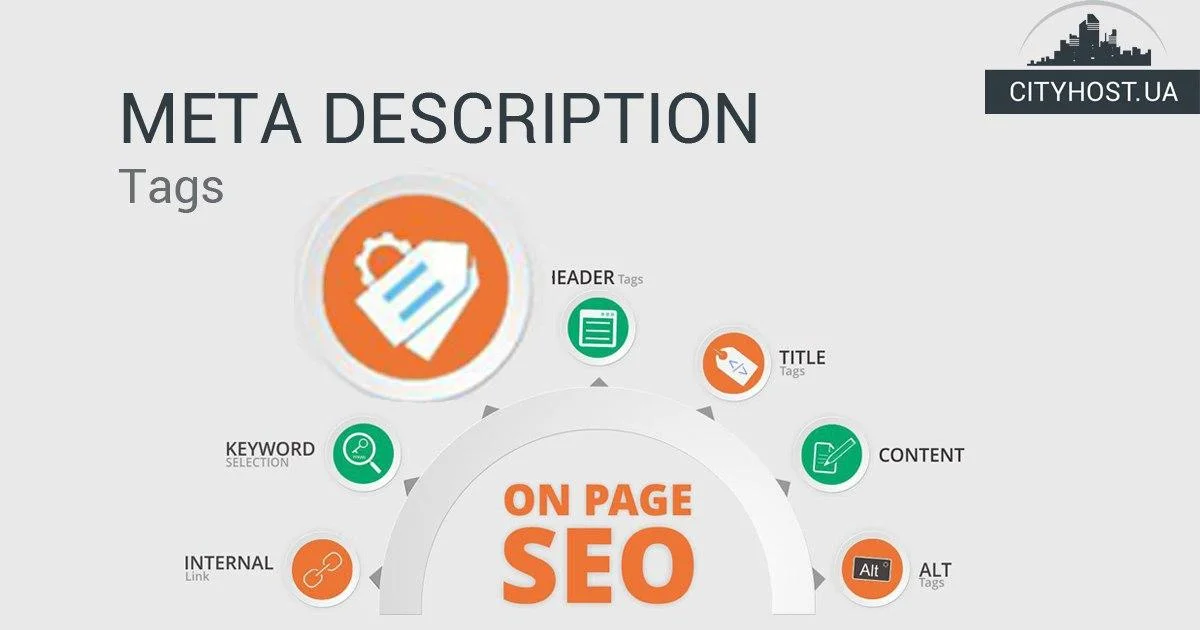
- What Are the Two Main Types of Network Protocols
- Is It Necessary to Switch to HTTPS
- How to Switch a Website to HTTPS
HTTPS — what is it and why is it needed? These are the kinds of questions asked by many beginner users who are unfamiliar with the nuances of data transmission over the network. This article presents information about the main features of the protocols, so anyone can understand what HTTP and HTTPS are, and what the difference is between them. The provided information will help form a personal understanding and make a decision on choosing a data transmission protocol for their website.
What Are the Two Main Types of Network Protocols
HTTP (HyperText Transfer Protocol) is the main protocol for transferring hypertext, used for transporting website data. This standard operates based on client-server technology: the client sends a request to the server, which processes it and returns the result. The switch to the main protocol occurs after domain registration.
HTTPS (HyperText Transfer Protocol Secure) is an extension of HTTP protocol that supports data protection during transmission by encrypting the information according to SSL and TLS standards. Such protection is necessary for commercial resources that use confidential information such as personal or payment data of the user.
Another difference between HTTP and HTTPS is that the main protocol uses port 80, while the extended one uses port 443.
Read also: What Is the TLS Protocol, How It Works, and What It Protects Against
Is It Necessary to Switch to HTTPS
SSL (Secure Sockets Layer) and TLS (Transport Layer Security) are HTTPS certificates designed to provide a more secure connection between the server and the client.
To improve your web project, it's important to know not only what HTTPS is but also why to use it. The answer is based on three main points:
- security — any information entered is encrypted using SSL, so in the event of interception, the attacker receives a random set of characters;
- ranking — search engines prefer websites with fast hosting, a reputable domain name, an SSL certificate, quality content, and strong backlinks when ranking sites;
- trust — if the connection is not secure, Chrome and Firefox browsers display a special warning to users about the absence of an SSL certificate.
Google developers deliberately included the presence of an SSL certificate in ranking factors to encourage users to secure their resources and improve overall internet security.

How to Switch a Website to HTTPS
Switching a website from HTTP to HTTPS is a straightforward but meticulous process. To transition a website to the extended protocol with data protection support, you need to purchase an SSL certificate or install the free basic version, configure the web resource engine, and set up a redirect from HTTP to HTTPS. There are several types of SSL certificates:
- domain validation;
- organization validation;
- extended validation.
Now you know what the HTTPS protocol is, why it is needed, and how to install it on your web project. The only thing left is to choose the optimal option from the offerings of the hosting provider Cityhost.
We wish your websites only secure connections!








